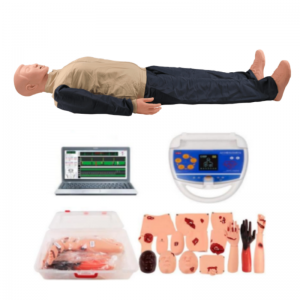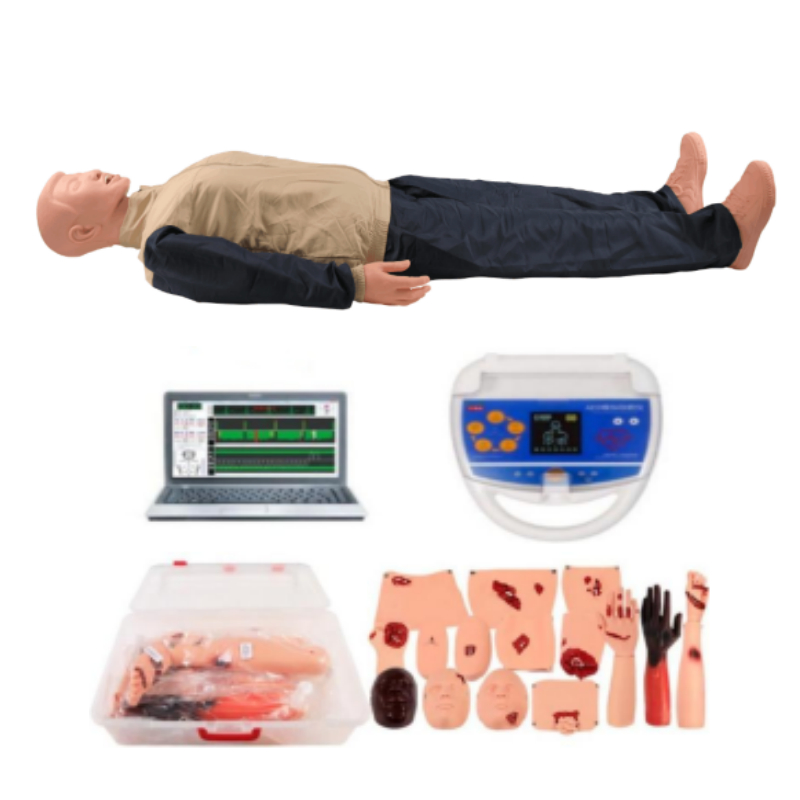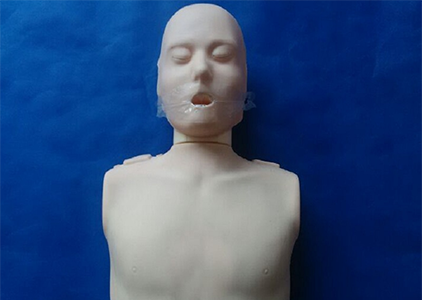
In the medical field, advanced cardiopulmonary resuscitation (CPR) and trauma simulators are increasingly becoming important tools to enhance the professional skills of healthcare professionals and ensure patient safety. They not only simulate real emergency medical scenarios, but also provide medical personnel with a training platform close to actual combat through advanced technology, helping you to cross the "last step" from theoretical knowledge to skilled operation.
In cardiopulmonary resuscitation training, the advanced cardiopulmonary resuscitation simulator is able to simulate various physiological responses of the human body during cardiac arrest, including resistance feedback of external chest compressions, simulation of the electrical activity of the heart, and changes in vital signs during resuscitation. These features allow healthcare professionals to repeatedly practice and optimize CPR techniques without real patient risk. Through the immediate feedback of the simulated human, the medical staff can accurately understand their own performance in the depth, frequency and position of the press, so as to constantly adjust and improve their operating skills.

For trauma simulators, they focus on simulating injuries and emergency treatment processes in various traumatic situations. From simple wound dressing to complex fracture fixation, airway management and cardiopulmonary resuscitation, trauma simulators provide a realistic simulation experience. This comprehensive training not only tested the emergency response ability and technical operation level of the medical staff, but also helped them to familiarize themselves with the importance of teamwork and communication. In the simulation training, medical staff can learn how to make the right decision in the limited time, how to stay calm under pressure, and how to work closely with other medical staff to complete the task of treating patients.
More importantly, the application of advanced cardiopulmonary resuscitation and trauma simulators not only improves the professional skill level of medical personnel, but also reduces the risk in actual medical work. Through simulation training, medical personnel can master various first-aid skills and operation procedures without endangering the life safety of patients. In this way, when they encounter an emergency in the actual work, they can respond more calmly, thus protecting the life safety of patients.
In short, advanced cardiopulmonary resuscitation and trauma simulators, as important training tools in the medical field, are gradually changing the traditional mode of first aid education. With their characteristics of fidelity, controllability and efficiency, they provide a training platform close to actual combat for medical personnel, helping you to cross the "last step" from theoretical knowledge to skilled operation.







Sophie Asveld
February 14, 2019
Email is a crucial channel in any marketing mix, and never has this been truer than for today’s entrepreneur. Curious what to say.
Sophie Asveld
February 14, 2019
Email is a crucial channel in any marketing mix, and never has this been truer than for today’s entrepreneur. Curious what to say.